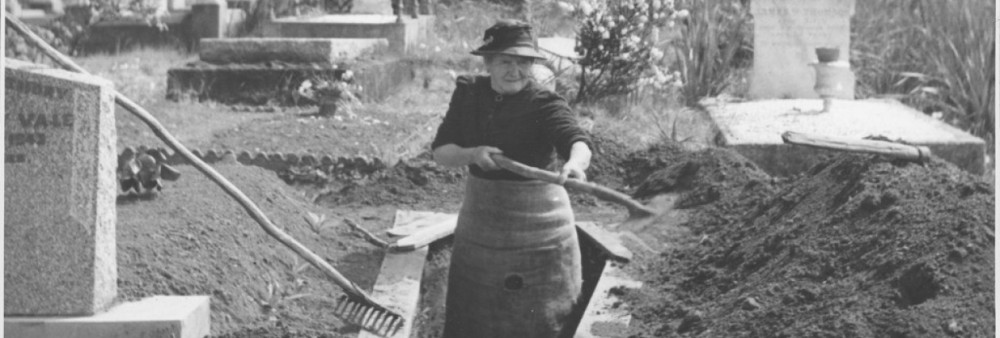Jerry’s Plains (or Jerry’s Town). 22 degrees 30 min. S. lat 180 degrees 50 min E. long. (Co. Hunter) is a postal town in the electoral and police district of Patrick’s plains. It is situated on the Hunter river, and on the W. road from Singleton to Mudgee and Fort Burke. The plain in which it is situated is surrounded by high ridges, the chains of mountains to the S., being known as the Bulga mountains, and being part of the dividing range betwixt Sydney and the interior. The valleys between are exceedingly fertile. There are no mills or manufactories in the locality, except a small flour mill of 3 horse power, which is in general work in the wheat season, but which is much to small to do the usual grist work required; a larger one would be a great boon to the surrounding settlers. The agricultural land is chiefly the alluvial flats caused by the subsidence of the floodwaters of the Hunter river, and is extremely fertile. Most of the settlers are in possession of breeding cattle, which the nature of the surrounding country renders easy and profitable, there being large tracts of Government land. There are no diggings in the neighbourhood, for although the N. of Jerry’s plains is of auriferous[1] formation, and although gold has been found there, it has never been sought properly, nor obtained in payable quantities. The nearest places are Denman 15 miles W.; Muswellbrook 16 miles N.; Singleton 16 miles E.; and Warkworth, 1 miles S.E.; with which places the communication is by horse and dray only. With Sydney 140 miles S.E., the communication is by coach from Singleton, thence by rail to Newcastle, and thence by steamer. Besides this, there are two overland routes, one of which, the one always taken by fat cattle, from the N. and W. is over the Bulga mountains, and the other is via Wollombi and the Hawkesbury. There are no benevolent institutions, the inhabitants subscribing to and enjoying the benefit of the hospital in Singleton. There is a post office, a large and well furnished store and 3 hotels in the place, the names of the latter being, the Victoria, Horse and Jockey, and T—- Inn. There is no coach or ——- office (?) , although one as well as a line of coaches along the road is needed; and the township so situated, that all fat stock en route to Sydney from Queensland, and the Bogan and Murrumbidgee rivers pass through it, a telegraph station would be a great public convenience. The roads are minor roads under the control of the Government. The surrounding country is mostly ridgy, to the N. the ridges are mostly trap [2] and granite with quarts [3] lying upon the surface. Gold has been frequently found in the quarts, and iron pyrites may be gathered in nearly every watercourse. The population is small and migratory, depending chiefly on cattle droving and being teamsters, etc. There are, however, a good number of settlers engaged in cultivation on the river flats.
Source: Whitworth, R.P., The New South Wales Gazetteer and Road Guide. 1866
Transcribed: tjc
Sept. 2000
Footnotes
[1] auriferous yielding gold.
[2] trap dark coloured igneous rock, the rock sometimes presenting a stair like appearance
[3] quarts or quartz.
